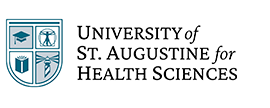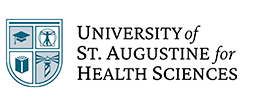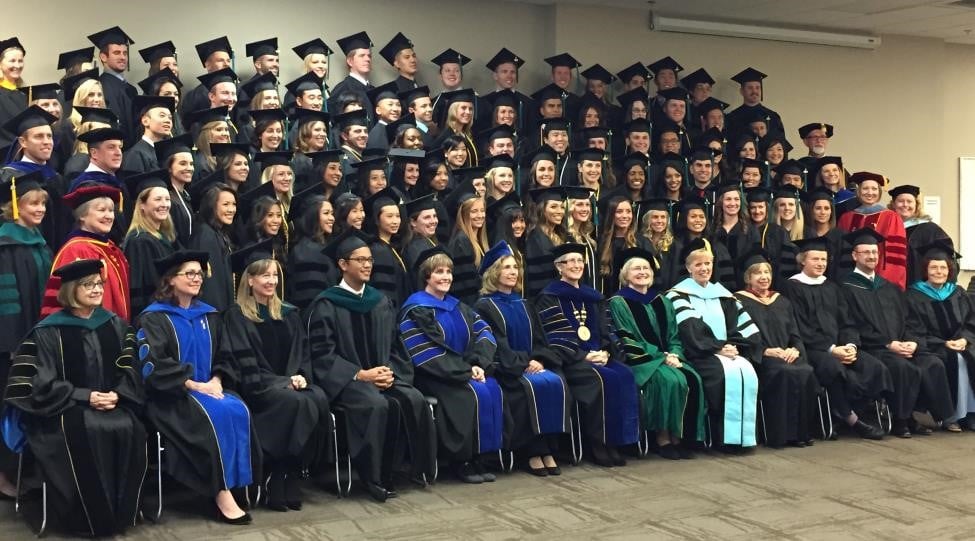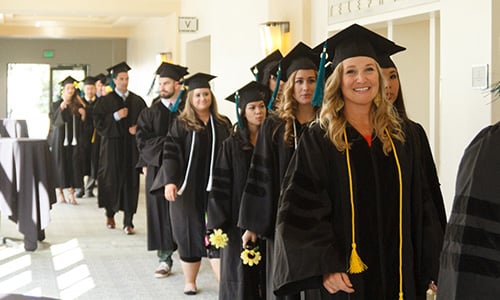
Originally published on EdTech Digest
Despite the uncertainty surrounding AI in healthcare education, I’ve seen enough to be optimistic.
GUEST COLUMN | by Dr. Elisabeth McGee
With bursts of change rattling the healthcare industry as a result of AI, and with so many changes still to come, how should we educate the next generation of practitioners? Should we (A) take a wait-and-see approach, in which we defer adopting AI technologies and guidelines at scale until we know exactly how they’ll be used, and what their final impact on our professions will be? Should we (B) implement generative AI wherever possible to gain a competitive edge across various business functions? Or should we (C) take a hybrid approach which offers the best of both worlds, capturing the benefits of generative AI and advancing institutional relevance while also managing risks and ensuring a strategic, data-driven rollout?
‘…with so many changes still to come, how should we educate the next generation of practitioners?’
There are at least three reasons to take option C:
1. The Adoption Curve
Generative AI is rapidly approaching critical mass, with growing adoption and integration across various sectors. Data shows that students are catapulting up the adoption curve, while many educational institutions are holding back. A recent EDUCAUSE survey showed that less than half (48%) of surveyed institutions had appropriate policies and guidelines in place for ethical and effective use of generative AI. The 2024 EDUCAUSE AI Landscape Study indicated that a key driver for AI strategic planning was the significant rise in student AI use in their courses (so said 73% of respondents).
As students have clearly already embraced these technologies, more institutions need to adopt a deliberate and balanced strategy that infuses generative AI into the higher education ecosystem.
2. Elevating the Learning Experience
Generative AI has the potential to enhance student learning and creativity by providing flexible learning experiences to fit individual needs. Along with creating guidelines to prevent AI misuse and plagiarism, universities should place equal focus on encouraging higher-order learning and problem solving with generative AI. This will require adapting the kinds of work we give to students. While in past semesters an essay on Parkinson’s Disease, for example, might have tested students’ analytic and creative abilities, now it tests only whether they can type a one-sentence prompt into Microsoft Copilot or ChatGPT.
Instead, we should have them use AI for deep, complex applications of their skillset, such as creating a blueprint for a Parkinson’s community program, down to the last detail, and presenting the idea to their class. AI would be useful for multiple steps of the assignment, such as brainstorming models and activities for the imagined support group, but at all times students would be responsible to evaluate output accuracy and customize AI-generated content with their own ideas, training, and credible medical literature. To ensure students are using AI as a tool and not a replacement for their own minds, the project could include a reflection paper on the benefits and limitations of AI within the assignment.


3. Preparing the Healthcare Provider of the Future
In a rapidly evolving landscape, healthcare professionals are reporting that technology literacy is the most important capability of the future healthcare provider, while stressing the inadequacy of the education they had received to hone tech skills they later found essential. For every kind of healthcare worker, regular practice today involves more technology, including AI tools and platforms, than ever, and the education we provide should reflect that.
AI, especially when combined with tools like virtual reality simulations, can deeply enhance future practitioners’ confidence, problem solving skills, and ease the transition from the classroom to the clinic through near-hands-on experience. Training students through advanced, evolving technologies aligns with our duty to give them glimpses of the conditions they will encounter on the job, so that they can enter medical professions smoothly.
‘Training students through advanced, evolving technologies aligns with our duty to give them glimpses of the conditions they will encounter on the job, so that they can enter medical professions smoothly.’
While more evidence is needed to validate the effectiveness of AI in healthcare and health sciences education, AI has the potential to improve the speed and accuracy of diagnostics, automate administrative and documentation tasks, provide real-time patient data and recommendations, enhance aging in place, prevent emergencies, and expand access to care. On the other hand, it has the potential to expose patients to invasions of privacy and cybercrime, mislead clinicians, and spread misinformation to the public. No one can foresee all the consequences of the technological upheaval taking place in medical fields. That change, like most, entails risk. Regardless, I believe the mission to support students requires that healthcare educators place themselves at the center of the AI revolution, where they can steer it in the right direction, rather than stay on the periphery.
A Promising Horizon
While the future may still be uncertain, the present clearly shows progress. Each day, healthcare education advances into promising new opportunities, driven by the power of new technologies. Students at the University of St. Augustine for Health Sciences (USAHS) are now using AI-enhanced simulations to gain experience prior to actual patient contact. Engrossed in a virtual reality, they can communicate with, evaluate, diagnose, and receive feedback from digital AI-driven avatars to build skills, confidence, and clinical readiness. AI assistants are transcribing electronic medical records so that students can focus on the fundamentals of patient care during telehealth appointments. Students are mastering AI-powered wearable technologies that can monitor patients’ vital signs, movement patterns, and fall risks from afar. AI-enhanced discussions and assignments are encouraged to promote deep analysis and creative problem solving.


These advantages are too valuable to pass up.
The promise of AI in healthcare grows day by day, and cutting-edge education will be crucial for the healthcare workers who will strive to realize that promise. As long as healthcare education programs work to build an AI-infused infrastructure that includes institutional policy and training, upholding ethical standards and responsible use, I believe they stand to gain much more by embracing AI than by turning away from it.








